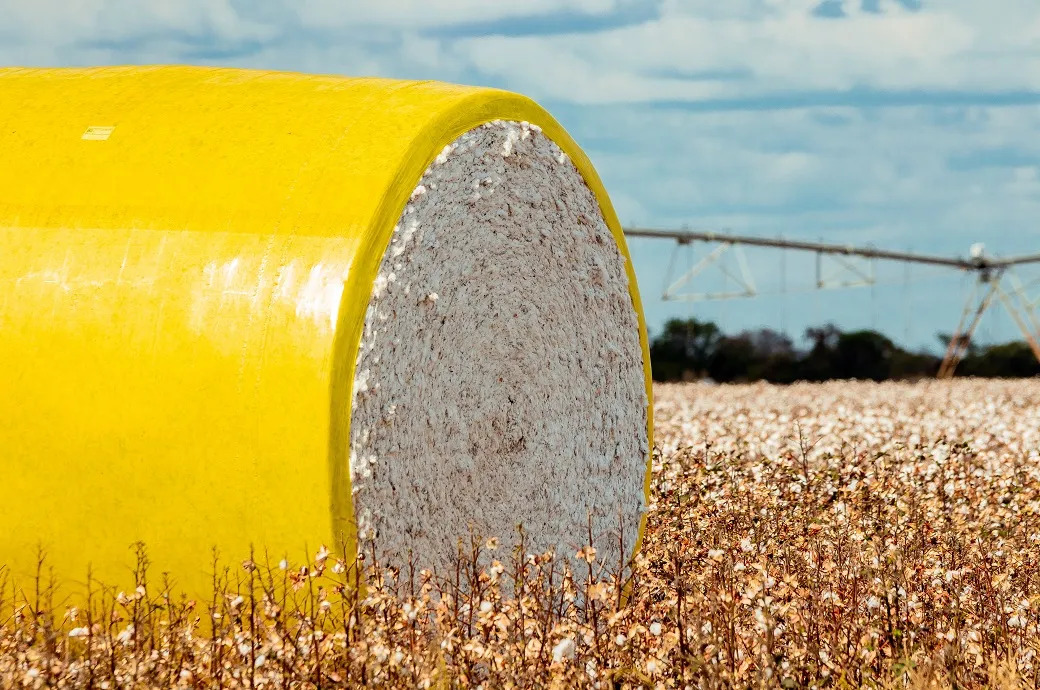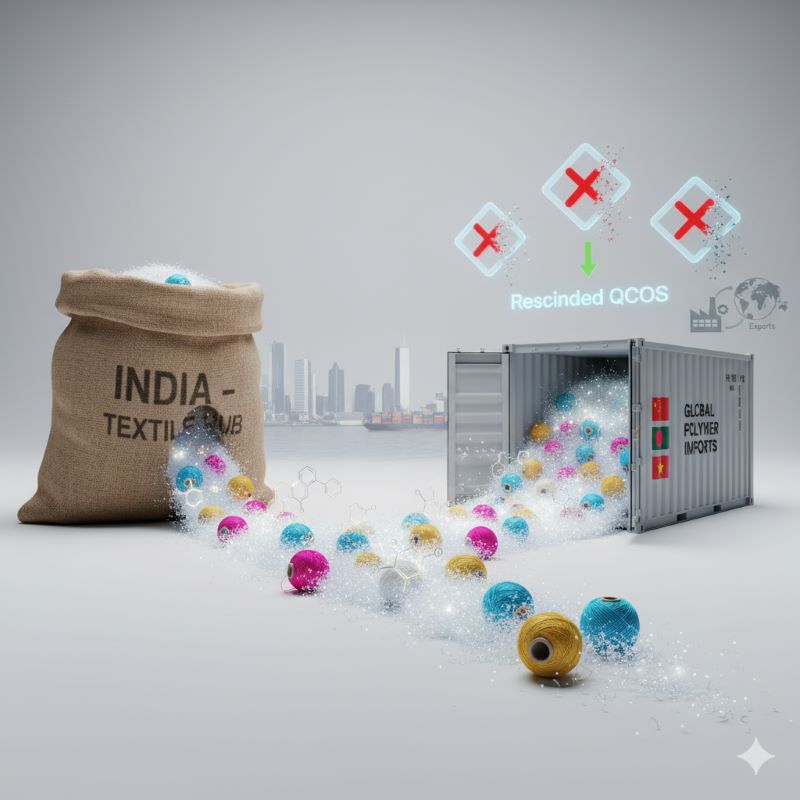Valued at $140.12 billion in 2022, the global functional textiles market is projected to expand at a CAGR of 7.7 per cent from 2023-31 to reach a value of $273.18 billion by 2031.
As per a report by Textile Today, the rapid growth of these textiles will be fueled by technological advancements, increased consumer demand for high-performance fabrics, and the expanding applications of these textiles across various industries.
Designed to perform specific functions beyond the traditional properties of textiles, functional textiles possess added properties that make them smart, protective, customisable, and flexible. They can be controlled or adjusted according to the requirements of the end user, with a single piece often featuring multiple functional properties, allowing it to serve diverse purposes.
The functional properties of these textiles are integrated at various stages of manufacturing, including fiber, yarn, fabric, and garment production. The focus during their production is on the integration of functional features rather than aesthetics, ensuring that the textiles meet specific functional requirements.
Sustainability is a significant trend in the functional textile market, with a growing emphasis on eco-friendly materials and processes. There is an increasing use of recycled fibers, biodegradable materials, and sustainable manufacturing practices, reflecting the industry's commitment to environmental responsibility.
Customisation is also becoming more prevalent in the functional textiles market with consumers and businesses seeking tailor-made solutions that meet specific needs and preferences. This trend is particularly notable in the sportswear and healthcare sectors, where functional textiles are often required to meet specialised performance criteria.
Looking ahead, the functional textile market is poised for continued growth across various segments. Key drivers include technological advancements, increased consumer awareness, and the expanding range of applications. Sustainability and customisation are expected to remain central trends, influencing the development and adoption of functional textiles.
To capitalise on the opportunities in this dynamic market, manufacturers and industry stakeholders will need to prioritise innovation, cost management, and regulatory compliance.
Collaboration across the value chain—from material suppliers to end-users—will be crucial in developing high-performance, functional textiles that meet the evolving needs of consumers and industries.












